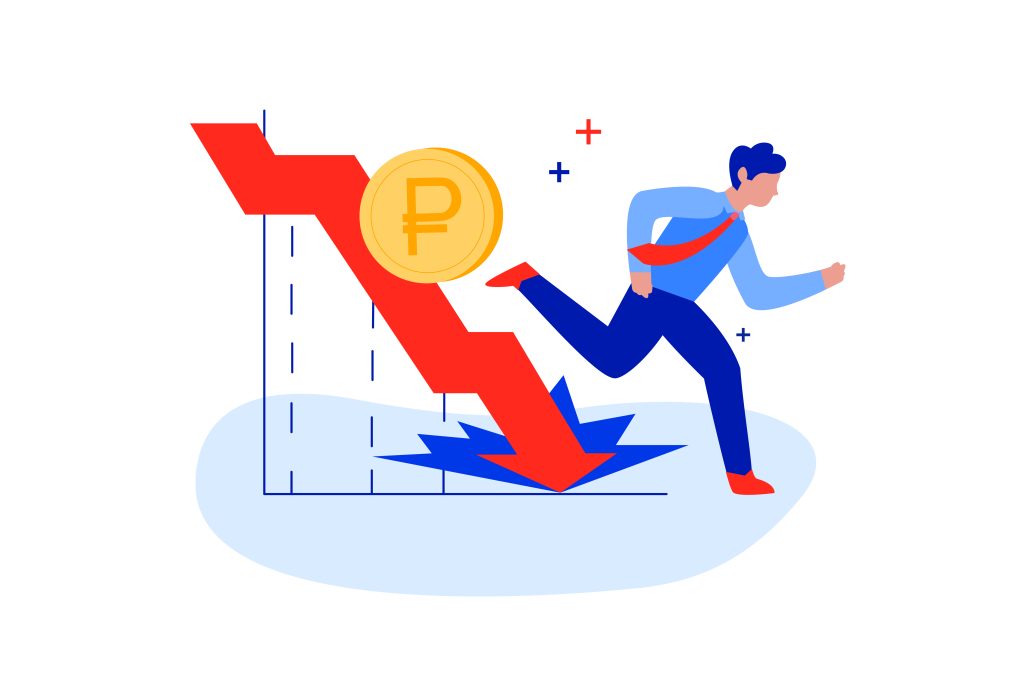Everyone I know has done this some day. Looking at the cost of an item then wondering why you have to pay tooth and nail for something whose alternative is four times cheap.
It’s at that moment that your mind game switches to the purpose of the purchase.
If you needed a belt to hold up your pants, why pay a higher price yet what you needed was just a tool to hold your pants up.
You’ll end up getting its cheaper alternative.
Through my life experience I’ve come to realise that cheap is really expensive, and the opposite is true.
Directed by the convinience, many a times we get to purchase a costly item just because at that moment, you had the cash to buy it.
You’ve also resorted to a cheaper product due to limited purchasing power. After a small time, I’m always back to the store for the same thing.
It is important to not just save money, but to spend money wisely with long-term benefit in mind.
Some things may seem to be a cheaper option upfront, but actually cost you more in the long run — making it worthwhile to spend more upfront for a better quality, longer-lasting outcome, product or service.
Being safe and productive on a mine site is imperative and risk management is not solved using the cheapest possible option, but rather the option that is the safest, best suited and longest lasting.

Spending Now to Save Later
It’s about locating the right product or service that will provide the greatest long-term benefit. This often represents a higher up-front cost but will provide a greater saving through the lack of maintenance and replacement that is required.
Higher performing and higher quality parts, products and services provide greater safety, productivity and economic outcomes.
Certified and compliant products are designed and tested for performance, this bares a greater cost but will save money and injury in the long run.
Unfortunately, less initial spend can lead to greater spending down the line — whether it’s for maintenance and upkeep, or replacement costs when you have to buy the same cheap product or service over and over again.
If you really want to save money, increase productivity and safety there are situations when it makes sense to spend more money for quality, so you don’t run into the ongoing costs.

